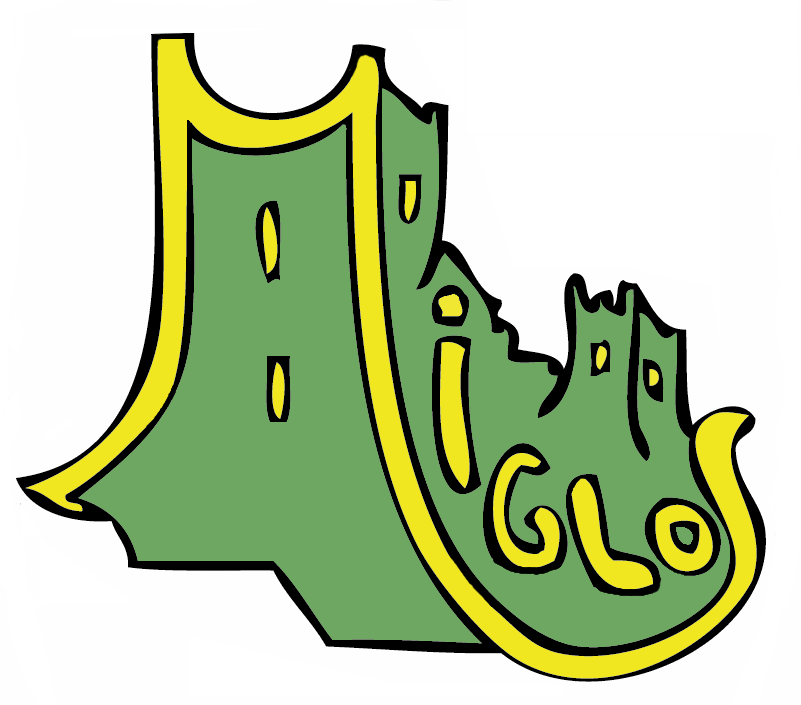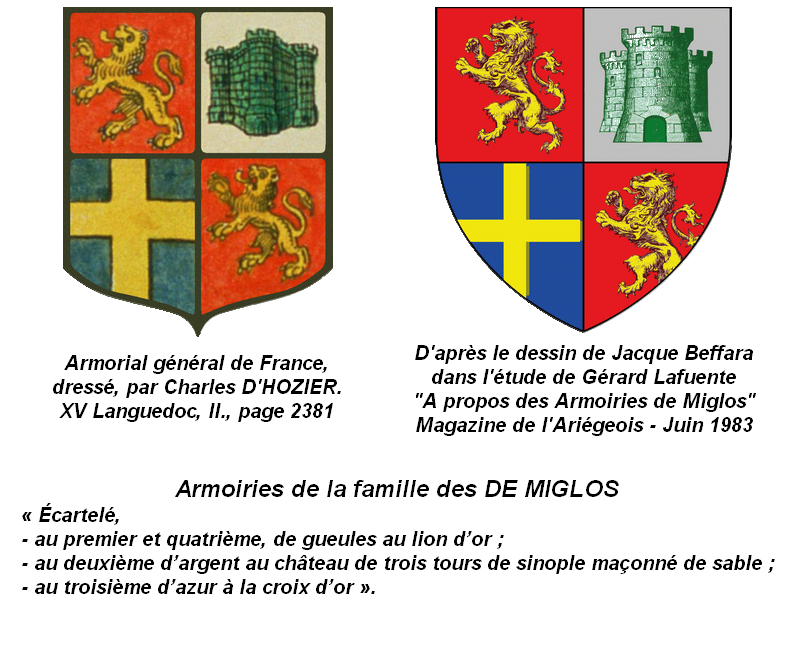Throughout history
Miglos Castle, located at a strategic point in the Vicdessos valley, was to become part of an important defense system in the upper county of Foix.
He was in fact in contact with the castles of Montreal-de-Sos (Olbier), Quié and Génat. Fort Castel Merle (north of Miglos), now extinct, probably belonged to the defensive system of Miglos, which was perhaps also the case of the “Caougno paredado” (the fortified cave of Baychon, also located to the north. ).
If the town of Miglos is mentioned in the cartulary of Saint-Sernin from 1108, the castle does not appear in the texts until the middle of the 12th century. In 1159, Pierre de Miglos paid homage to the Count of Foix for his castle.
In 1213, the “castrum de Merglos” was one of the strongholds (17 castles and 6 fortified caves) that the Count of Foix, Raymond-Roger, gave as a guarantee to Peter II of Aragon, as a pledge of his submission to the Church of Rome, in the midst of a crusade against the Albigenses. It is also named in the survey on the delimitation of the county of Foix, carried out in 1272: “… item vallis de Miglos cum castro de Miglos et sua dominatione …”.
The dispersed habitat of Miglos, corresponding today to the hamlets of Norgeat, Norrat, Axiat, Arquizat and Baychon, also seems to date from the Middle Ages, since they are found in the interrogations of the Inquisitor Jacques Fournier (future Pope Benedict XII ), carried out from 1318 to 1325. During the crusade against the Albigenses, in the thirteenth century, some inhabitants are also close to Catharism, in particular Arnaud de Miglos, lord of the place. He declares to the inquisitors not only to have “worshiped” heretics, but also to have supported the Cathar community of Montségur during the siege, by bringing them weapons.
At the beginning of the 14th century (1311), the “de Miglos” family was dispossessed of its seigneury and its castle, in favor of that of Son (or Usson). They nevertheless kept some property on their former stronghold, then became lords of Junac, Luzenac and Château-Verdun. We know that the new lord, Bernard de Son, had his castle restored in 1320. Changing hands over the centuries (families of Rabat, Arnave, Léon, Louvie, Béon, Goth), the lordship of Miglos is associated with the Lord of Montaut from the 17th century. We know that during the French Revolution, the castle had already been abandoned for a long time and fell into ruin. Its lords had settled in a house in Arquizat (“le Castelh”). The de Vendomois family inherited all the possessions shortly after, then, in the revolution of 1830, they sold their property and left Miglos.
Bought by SAFER in 1976, the castle became the property of the Ariège department in 1984.
In 1987, it was classified as a historical monument and the Association of Friends of the Castle of Miglos AACM was created the same year.
Coat of arms of the Miglos family
Reading the coat of arms:
Quartered:
• first and fourth, Gules a lion d’or;
• on the second, silver to the castle of three green towers mansory with sand;
• the third, azure with the cross of gold.
Heraldic notice: “quartered”: partition of the shield into 4.
Background colors of the partitions:
- “gules”: red color,
- “silver”: slightly gray color,
- “azure”: blue color.
Colors of the representations:
- “gold”: yellow color,
- “green”: green color,
- “masonry”: lines of separation between the stones,
- “sand”: black color.





